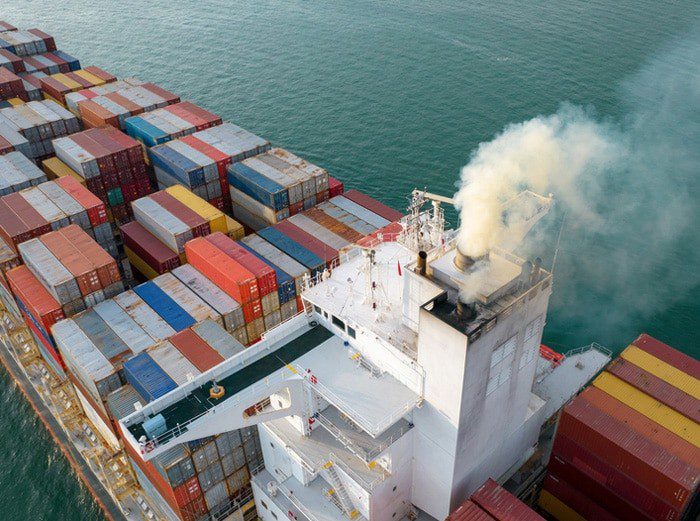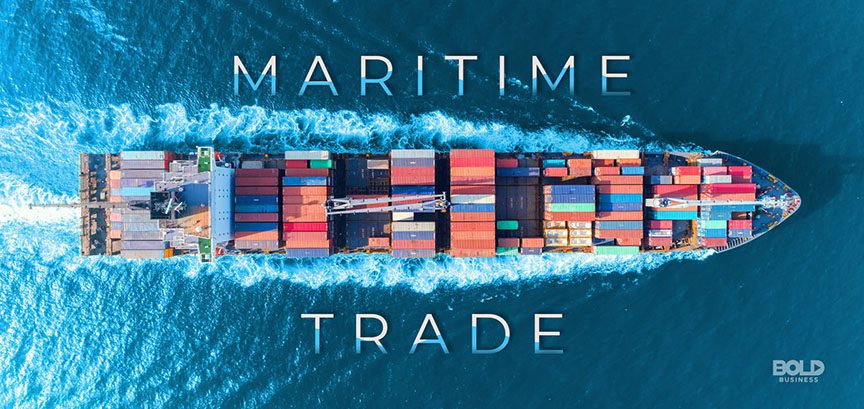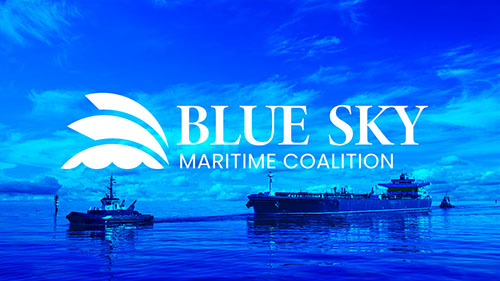The shipping industry is at a crossroads. Global regulatory bodies like the United Nations Global Compact and the IMO have set forth lofty decarbonization goals with the hopes that shipping companies will get their fleets in line by 2030 and 2050, respectively. The UN’s rating system and concurrent emissions guidelines—which about one-third of legacy ships are not expected to meet—come into effect in 2023, and the IMO deadline will follow close behind. However, meeting these guidelines will present significant challenges for operators, especially those with large fleets already on the water.
The higher-efficiency fuels and redesigned vessels that are needed to meet these guidelines are still on the horizon, which means progress toward these goals seems out of reach to many. While it may be true that today’s technology cannot bring the industry over the proverbial finish line, all hope of kick-starting the maritime industry’s decarbonization journey is not lost. The key to unlocking a more sustainable maritime sector is sitting right under operators’ noses, unrealized and largely ignored.
The first step to a decarbonized shipping industry will not be new fuel or reimagined vessels. Instead, the widespread adoption of digital monitoring systems and the insights they provide will carry fleets into a more efficient, sustainable future.
Ship Operations are a Goldmine
Organizations produce millions of data points every day during the course of regular business. Everything that happens on a ship, from fuel use to speed metrics, staffing changes, cargo capacities and beyond, can help operators better understand their operations—and, with understanding, come opportunities for improvement. However, those data points can only be used when they’re captured.
For far too long, fleet operators have let these data points fall to the wayside. At first, this was due to a lack of technology to facilitate the comprehensive monitoring needed to capture and analyze them. Now, it’s just how things are done. Today’s monitoring and analytics technologies allow operators to capture and utilize the troves of information their daily operations yield to achieve more efficient processes without going all in on new designs or untested fuels.
These digitalization suites track performance, voyage status, and equipment on the vessel and fleet levels, providing decision-makers with a holistic view of their operations. These systems can:
Of course, the environmental benefits are only the beginning of what these systems offer. The same data collection and analytics capabilities used to begin connected fleets’ decarbonization journeys can be applied any area of an enterprise. From operational insights like route planning, performance speed tracking, and time-loss monitoring, to machinery monitoring and structural risk analysis, there’s almost no end to the potential applications of historical data and analytics.
The First Step
The decarbonization goals have been set, and their deadlines are drawing ever closer. Now’s the time to act, and we do have the technology to get started. While digitalization alone can only get the industry part of the way toward true net-zero operations, it is an important first step for operators looking to make a change. After all, it’s impossible to fix what you don’t understand—and digitalized fleets can highlight opportunities for improvement throughout an enterprise. Armed with this information, operators will be better positioned to keep pace with industry regulations, optimize their voyages, improve operations, and reduce fuel use—all while saving time and money.





